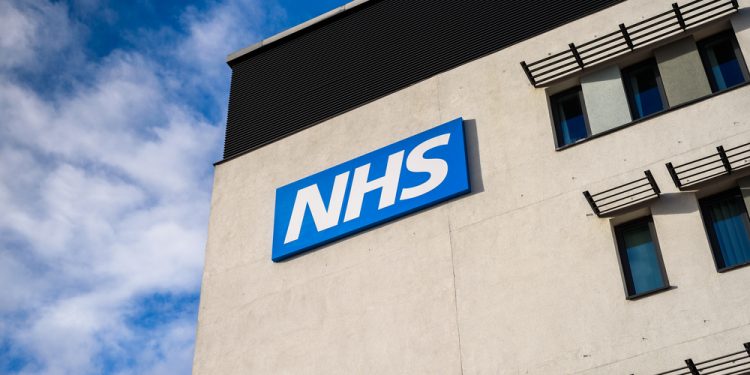The British Medical Association (BMA) has raised concerns about the Conservative government’s proposed increased use of private hospitals and healthcare providers as part of its plan to cut record waits for NHS treatment.
Launching the government’s delayed plan to cut the backlog for treatment on the NHS, health secretary Sajid Javid said: “We will also be making greater use of the independent sector, which formed an important part of our contingency plans for Covid-19 so we can help patients to access the services they need because of this high demand.”
Commenting on the role of the independent sector in cutting the backlog, Dr Chaand Nagpaul, council chairman at the BMA, said “We have particular concerns about the proposed spend on independent sector providers to deliver care, at a time when he said the priority must be to increase investment in NHS infrastructure and capacity.”
Dr Nagpaul also called on government not to ignore the parallel backlog of non-surgical medical care, resulting from 29.14m fewer outpatient appointments during the pandemic.
“Currently cancer referrals and treatment are now at an all-time high, and millions with long-term conditions are struggling to get the support and care that they need. It is equally important that GPs and primary care teams are provided with the necessary resources to support this unmet need in the community.”
Targets set
The government’s plan contains a number of performance targets, but observers have noted that several of these have been previoulsy made before and were not being met pre-pandemic.
The targets include:
- Eliminating waits of longer than a year for elective care by March 2025.
- By July 2022, no one will wait longer than two years for an elective treatment.
- For the NHS to aim to eliminate waits of over 18 months by April 2023.
- For three quarters of patients who have been urgently referred by their GP for suspected cancer to be diagnosed, or have cancer ruled out within 28 days.
- Returning the number of people waiting more than 62 days from an urgent referral back to pre-pandemic levels by March 2023.
- To deliver around 30% more elective activity by 2024/25 than before the pandemic, after accounting for the impact of an improved care offer.
And in order to hit these targets, the plan commits to the deployment of teams of specialists to help patients prepare for operations, and groups of clinicians and teams to get instant access to test results so that patients can be offered faster clinical advice.
The plans will also see the NHS increase capacity to deliver more procedures and scans in each of the next three years, to around nine million more tests and checks by 2025.
There are also plans for the rollout of more than 100 diagnostic centres as well as new surgical hubs which will be added to the network of 122 already operating across the country.
Workforce shortages
Dr Nagpaul warned the biggest limiting factor to the effectiveness of the plan would be workforce shortages, given that there are currently 100,000 unfilled vacancies across the NHS.
“Even more worryingly over six in 10 doctors are suffering stress and work-related anxiety, half wish to reduce their hours and 20% are considering leaving the NHS altogether,” he said.
“Retaining the current workforce must therefore be the immediate priority – we cannot afford to lose any more staff at this most critical time.
“Tangible plans must be in place to prioritise staff wellbeing and pay and conditions, at a time when many doctors do not even have access to rest facilities at work.”
Dr Nagpaul further accused the Conservative government of never fulfilling its obligation to report transparently on staffing levels or the production of a workforce plan for the the country’s current and future healthcare needs.
“This is precisely why the BMA is backing an amendment to the Health and Care Bill which would legislate for a long-term, fully-funded workforce strategy, urgently needed alongside any plan to tackle the backlog, and done in partnership with the profession,” he continued.
“We hope government seriously considers this, as well as answering the questions that many existing staff will undoubtedly have about how to get the best out of this plan.”
However, Dr Nagpaul did welcome government’s proposed patient portal ‘My Planned Care’ for waiting list queries.
“This needs to ensure doctors’ appointments are not taken up by purely administrative questions so that they can instead focus on providing patient care,” he said.
“We also need technology that works and supports clinicians to use their time most effectively – a recent BMA survey estimated the current IT infrastructure significantly increased day-to-day workload, with more than a quarter of doctors losing three or more hours a week due to inefficient hardware or systems.”






